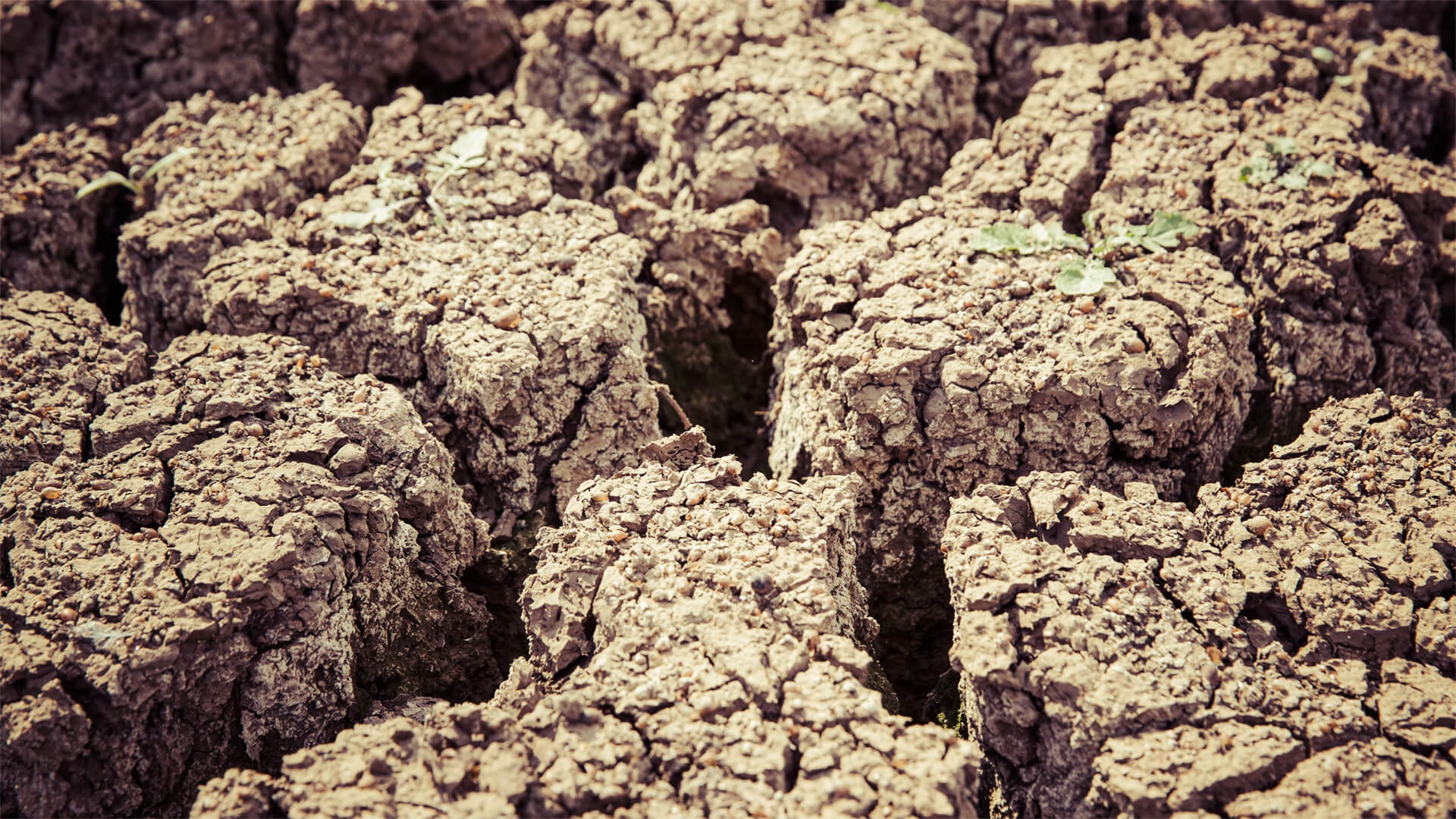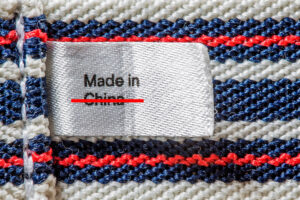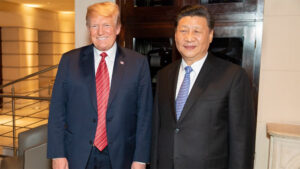If you’ve read my latest book, The End of the World Is Just the Beginning, you know what question keeps me up at night: how long will we be able to feed the world’s population? With threats to food security increasing daily, China is a scary example of how quickly this situation could go from critical to catastrophic.
Four years ago, China faced the worst case of African Swine Fever (ASF) ever recorded. It spread through their pig population like wildfire, resulting in the killing of massive amounts of livestock. Since then, the CCP has limited reporting of outbreaks and testing for ASF. Some brave CCP reps are now reporting the actual numbers and I wouldn’t be suprised if this outbreak becomes worse than the last. So what does that mean for China’s food security?
The only other relevant foodstuff that China produces is rice. Unfortunately for them, the phosphate fertilizer that rice needs to grow is already facing massive shortages. China was once the largest exporter of phosphate, but they’ve started hoarding the stuff as the potential for food shortages increases.
Thanks to stockpiles of fertilizers (and some help from mother nature), the world was able to wiggle by last year. With increasing disruptions to the nutrients used in fertilizers and food security overall, the world is going to face severe problems in the years to come.
Prefer to read the transcript of the video? Click here
Here at Zeihan On Geopolitics we select a single charity to sponsor. We have two criteria:
First, we look across the world and use our skill sets to identify where the needs are most acute. Second, we look for an institution with preexisting networks for both materials gathering and aid distribution. That way we know every cent of our donation is not simply going directly to where help is needed most, but our donations serve as a force multiplier for a system already in existence. Then we give what we can.
Today, our chosen charity is a group called Medshare, which provides emergency medical services to communities in need, with a very heavy emphasis on locations facing acute crises. Medshare operates right in the thick of it. Until future notice, every cent we earn from every book we sell in every format through every retailer is going to Medshare’s Ukraine fund.
And then there’s you.
Our newsletters and videologues are not only free, they will always be free. We also will never share your contact information with anyone. All we ask is that if you find one of our releases in any way useful, that you make a donation to Medshare. Over one third of Ukraine’s pre-war population has either been forced from their homes, kidnapped and shipped to Russia, or is trying to survive in occupied lands. This is our way to help who we can. Please, join us.
CLICK HERE TO SUPPORT MEDSHARE’S UKRAINE FUND
CLICK HERE TO SUPPORT MEDSHARE’S EFFORTS GLOBALLY
TRANSCIPT
Hey Everyone. Peter Zeihan here coming to you from foggy, snowy Colorado. It is the 16th of March on Thursday, and it’s time to start talking about food shortages. We’re going to start with this part on China.
So the Chinese, as you may have heard me discuss in the past, have a cult of personality, which means things like test for animal diseases that the government finds inconvenient tend to not just happen because the CCP reps get in the way. So there’s something called African Swine Fever, which is something that the poor community is terrified of because it’s basically Ebola for pigs. Highly communicable always ends in the death of the pig. And if one hog in your herd gets, you basically have to cull the entire thing. Now, about four years ago, China suffered through the biggest ASF epidemic in history and over the course of about 6 to 8 months killed more of its own hogs commercially than the rest of the world has commercial hogs. And that triggered a lot of paranoia within the CCP about food security for obvious reasons. This is maybe happening again.
Now the way it works in a normal place, if you’re a pig rancher or farmer and you want to find out if your hog has a disease, you get a test kit, you take certain swabs and samples, and then you send that test kit with the swabs and samples into a lab. And when the lab gets the results, they call you. That’s not how it works in China. In China, there’s an intermediate step where the lab calls the local CCP rep and then the CCP rep calls you to let you know if you’ve got a case or not. And since it’s a cult of personality and no one has been given an approval to trigger a food crisis, they just kind of let it go on in the background. Well, in the last few weeks there have been some very brave CCP reps who have decided to report the truth. And as of the news of this week, we now have more cases of ASF being reported in China in just the month to date than the entirety of the previous year. You see, ASF is not something you just get rid of. It’s not once in done. It gets into the wild boar and wild pig population and then it takes decades to get rid of. According to the Chinese, they got rid of it in six months and they haven’t had a case until recently. But all of a sudden now it’s boiling up again. There are different strains. Some are more lethal and more dangerous and more communicable than others. And officially it’s some of those less dangerous ones that are out there. But the fact that you’ve got brave officials choosing to go against the party line to report them at all, suggests that we have a much, much, much, much larger problem in store. And we should expect some significant issues throughout the food supply chain for pork throughout the Chinese system. Will it be as bad as it was four years ago? Kind of believe it will, if not worse, because they’ve been allowing this to burn in the background in order to achieve political placidity.
Now, how does that matter to you? Well, if the Chinese can’t guarantee pork supply, then the only other culturally significant food that they can produce in mass is rice. Now, rice is the most phosphate fertilizer hungry crop that humans are capable of growing. And because of that, China has historically been the world’s largest producer and exporter of phosphate, until four years ago. Starting with that epidemic, the Chinese started hoarding phosphate because they were concerned about food security and they knew they needed rice because it’s the only other socially and politically important crop that the Chinese have.
Well, since then, in the last four years, phosphate exports have been down 20 to 80% based on the season, very erratic, based on where the Chinese level fear is now that we actually have official cases of African Swine Fever, again, we should expect phosphate exports to more or less go to zero, meaning that the single largest source of one of the three main fertilizer nutrients is suddenly in dire condition. And that is going to have implications throughout the entire agricultural system of the world.
We were very fortunate in calendar year 2022 and that despite disruptions from China, from Russia and from the energy space, we had enough reserve built up in the system for all the types of fertilizers in order to kind of wiggle by. And we also had excellent weather for most of the world’s farmers. The chances of that happening twice in a row, especially when you have disruptions like ASF in China right now are almost nonexistent, which means that the next one tomorrow we’re going to talk about the weather and where in the world we are seeing, already, disruptions to the food supply system. Alright. That’s it. See you guys tomorrow.








